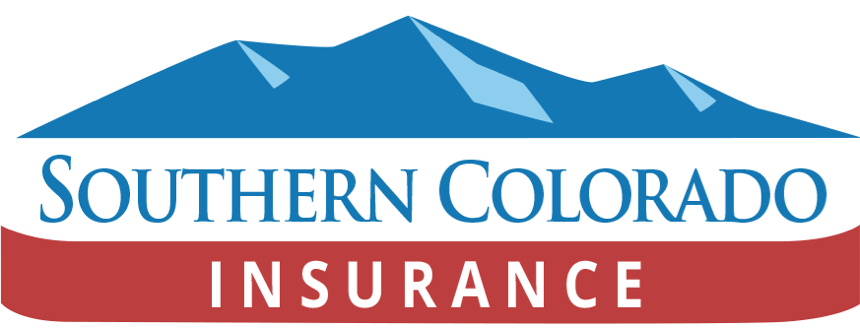Message from the Editor ISO's New Personal Flood Insurance Product
It is no secret that the National Flood Insurance Program (NFIP) is drowning in billions of dollars of debt, and the dire situation dramatically worsened due to horrendous flood losses last year. While the US Congress is mired in legislation to revitalize the program, the Insurance Services Office, Inc. (ISO), has been working at developing private flood insurance, an estimated $40 billion new market (per a Marsh study) for US insurers. On the personal lines side, this flood program offers broader and more flexible coverage than the NFIP dwelling policy. And yet, how can the private insurance market be successful given the volatile and catastrophic nature of the flood peril? Marc Treacy, managing director of flood insurance at ISO, addressed this issue recently with the editor of the Personal Lines Pilot. He maintains that we "now have better data analytics and stronger risk assessment tools to properly underwrite and rate this risk." The analytics tap into "30 years of NFIP data combined with AIR Worldwide (an ISO subsidiary) flood and storm surge data and ISO loss data from related perils." The NFIP data carries more weight compared to the other data, he said. The driving force behind the personal flood insurance product, Mr. Treacy remarks, is "insurers who are looking for organic growth since the homeowners market is pretty saturated." He believes that "this new opportunity will benefit an insurer's existing consumers and reduce coverage gaps from the flood peril." The Federal Emergency Management Agency is also pushing to grow flood insurance as a whole and supports an expanding private insurer role. Mr. Treacy believes it is important to "move from the NFIP's static or binary model where the property is either in or out of a special flood hazard area." This model, he contends, is based on adverse selection and is an increasingly antiquated one. In contrast, ISO's flood insurance product groups every address in the contiguous United States into 57 flood territories. These distinct and fairly homogeneous territories are based on expected annual losses with similar loss costs. "A slow and measured entrance into this market is the best approach," according to Mr. Treacy. He believes as we get more data from phenomena such as climate change and other dynamic forces that adoption and greater acceptance of private flood insurance (with more stable loss costs) will ensue. ISO's personal flood program is a separate line of business, with a stand-alone form to provide coverage for the dwelling, personal property, and loss of use on a primary basis. ISO began the state-by-state filing process (lower 48 states plus the District of Columbia) for this program in December 2017, with the process continuing throughout this year. The program filing will carry an effective date in most jurisdictions of November 1, 2018, subject to regulatory approval. Future editions of the Pilot will provide updates on this important new insurance product. So what do you think? Can private personal flood insurance work in the United States? Why or why not? Please share your thoughts with others in . Thank you for subscribing to Personal Lines Pilot. Please share it with others in your office, and encourage them to subscribe. All the best, Rob Robin K. Olson, CPCU, CRIS, ARM Senior Research Analyst International Risk Management Institute, Inc. |
Southern Colorado Insurance Center Blog
All You Ever Wanted to Know About Insurance
New Personal Flook Insurance produce
- Posted on Friday, February 9, 2018
